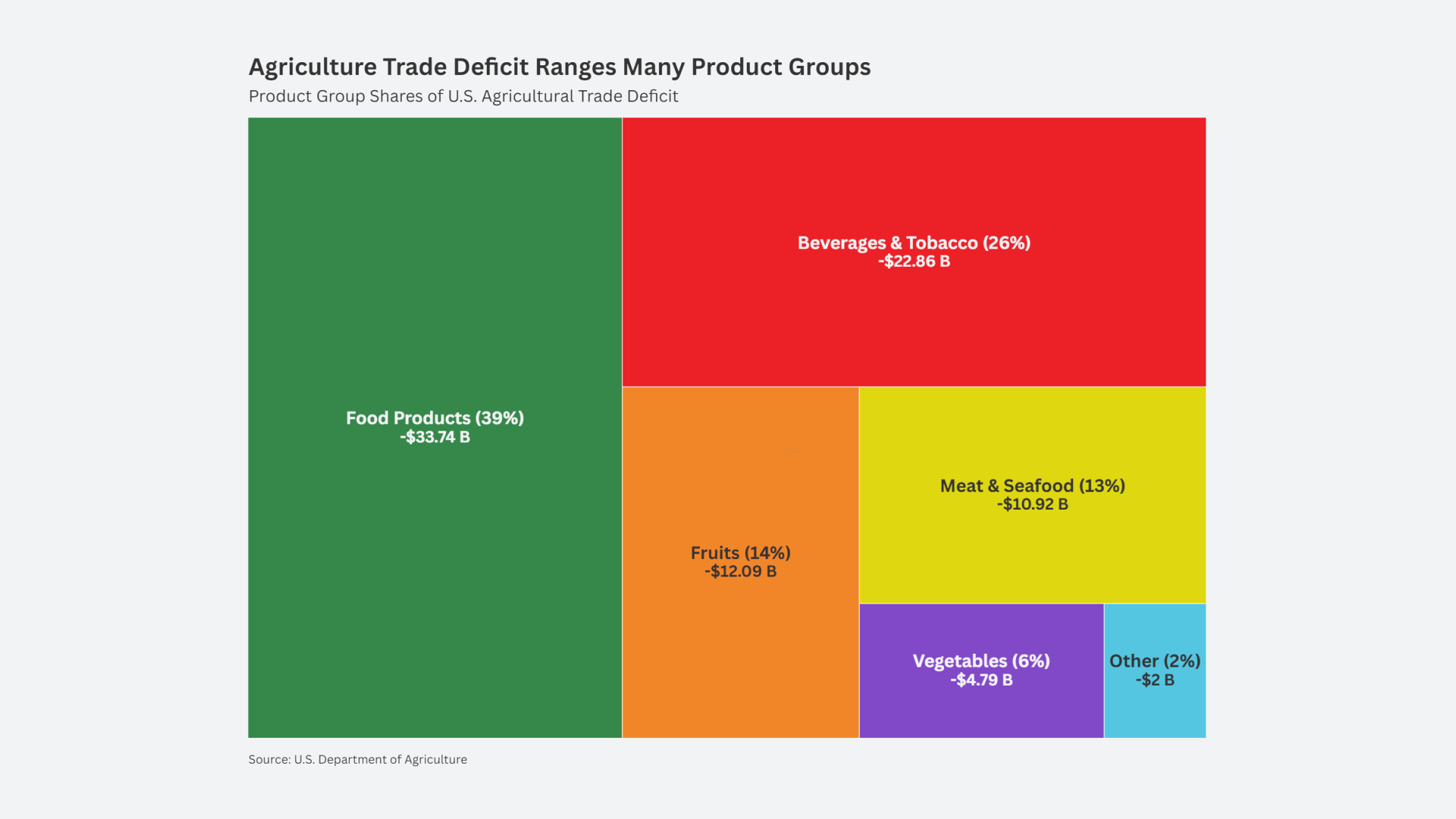Editor’s note: We must not let the COVID pandemic become a growth opportunity for China. Absent counter-action, they will take out our medical supply and device industry.
Manufacturers quickly retool as their western rivals struggle against production constraint
[Sun Yu, Xinning Liu and Tom Mitchell | May 11, 2020 | FT]
When southern Chinese auto parts maker Kanou Technology tried to restart production after closing during the country’s coronavirus lockdown, one of its lines of machinery failed to restart.
A pregnant rat had given birth to a litter in the machine and her young family had chewed through its internal wiring. By the time the company evicted the rats and overcame other problems, such as supply shortages and shifting return-to-work requirements imposed by local officials, the outbreak that started in China in January had grown into a global pandemic.
Export orders in the auto industry collapsed, forcing Kanou to follow hundreds of other Chinese manufacturers and diversify into medical equipment manufacturing — one of the few industries still enjoying strong global demand.
“We reacted fast,” said Lü Hua, Kanou’s founder and president. “It took us just two weeks to turn the idea into reality. Now 30 per cent of our revenues come from face-mask machines and we cannot keep up with demand.”
With the pandemic ravaging large parts of the US, Europe and the rest of the world, international demand for protective personal equipment and medical devices such as ventilators and patient monitors has quickly exceeded the productive capacity of most countries.
Even before the coronavirus outbreak, Chinese medical equipment makers were growing rapidly. Medical device exports from the country more than doubled to $28.7bn last year from a decade ago. But to meet the surge in demand this year, they began increasing production even more, filling the vacuum created as industry leaders such as Medtronic and GE struggled against production constraints.
Existing Chinese medical equipment producers were joined by newcomers such as Kanou, with sometimes mixed results, leading to rising complaints about faulty Chinese-made equipment in some markets, such as Europe.
But this has not hurt sales. According to customs data, China exported 3.1m patient monitors in the first quarter of this year, an almost fourfold increase over the same period last year.
“Our clients are buying up all our inventory,” said Cai Haixue, head of international sales at medical equipment producer Zoncare. Overseas orders rose threefold in April from a year earlier. “They are in a desperate mood.”
Based in Wuhan, where the coronavirus originated, Zoncare began receiving a flood of inquiries in late February from foreign buyers in countries ranging from Spain to Saudi Arabia. The company began running its assembly lines 14 hours a day and increased weekly output sixfold.
Like many of its local peers, Zoncare was founded by a former medical equipment salesperson in 2005 and started by making electrocardiograph machines, a relatively simple product with few barriers to entry.
As most big hospitals preferred foreign, more established brands, Zoncare initially marketed its cheaper devices to community clinics and rural hospitals across China. The company also took advantage of industrial policies that favoured local suppliers in government procurement. “State support helps us prosper,” said Mr Cai.
Zoncare’s sales rocketed as China modernised its grassroots healthcare system. This allowed the business to invest in research and development, and enter more lucrative areas, such as patient monitors and ultrasound systems.
When it branched out of China, it focused on India and other south Asian markets before winning approval to sell its products in the US and Europe.
Zoncare’s engineers in Wuhan, home to a cluster of top-ranked universities, earn about Rmb200,000 ($28,330) a year, a fraction of what their western counterparts make.
Those lower wages allow the company to charge about half what their US and European competitors do for machines that provide 70 to 80 per cent of the functionality of western brands.
“Our products may not be a good fit for intensive care units that require high accuracy,” Mr Cai said. “But we are good enough to serve emergency rooms where the conditions are less severe.
“Hospitals can’t do without low to medium-end devices and foreign factories can’t produce enough of them.”
However, Wang Lei, a medical equipment specialist at the Chinese Academy of Sciences, said most locally made devices were at least a generation behind the latest western models and were struggling to close the gap.
“While Chinese manufacturers are investing heavily in R&D, US firms are doing the same and from a higher starting point,” said Mr Wang.
Mr Cai said Zoncare was focused on growing “exponentially” and building a stronger presence abroad. But he and Mr Lü from Kanou acknowledged that western countries would accelerate efforts to reduce their reliance on Chinese-made equipment as a result of the pandemic.
This trend was well under way last year, as the tariffs imposed by US president Donald Trump during his two-year trade war with China convinced many multinational companies that they had grown too dependent on Chinese manufacturing.
“Western countries realised a long time ago that they need to diversify their supply chains,” Mr Lü said. “But the virus is a wake-up call that they need to act fast.”
Read the original article here.












